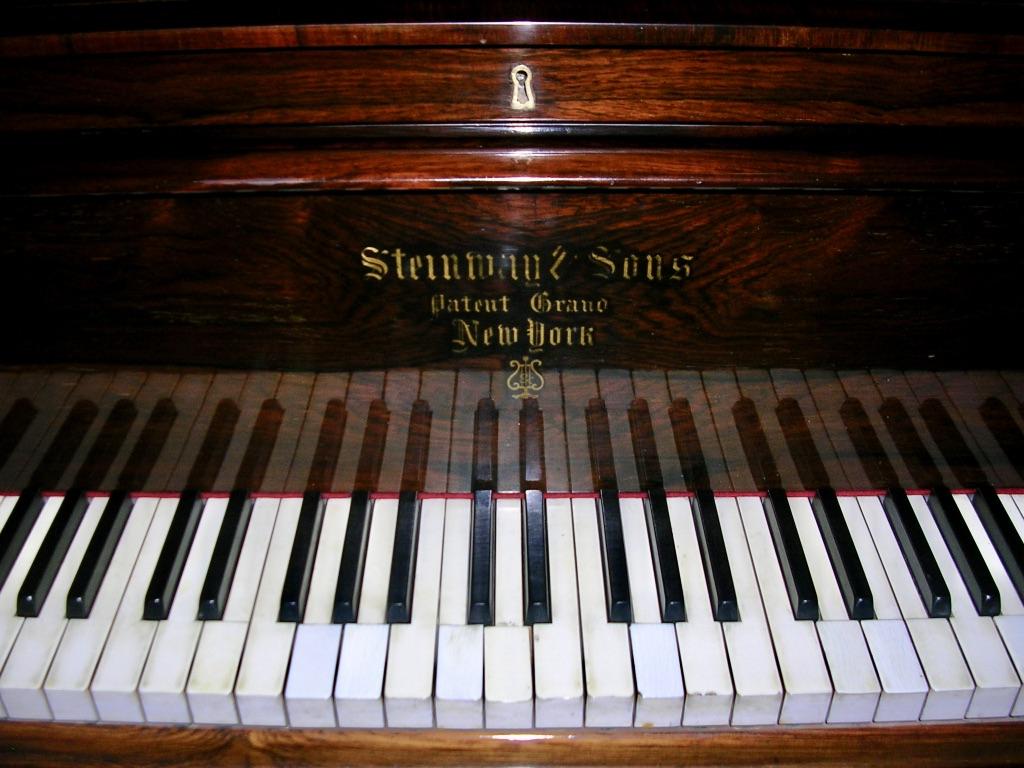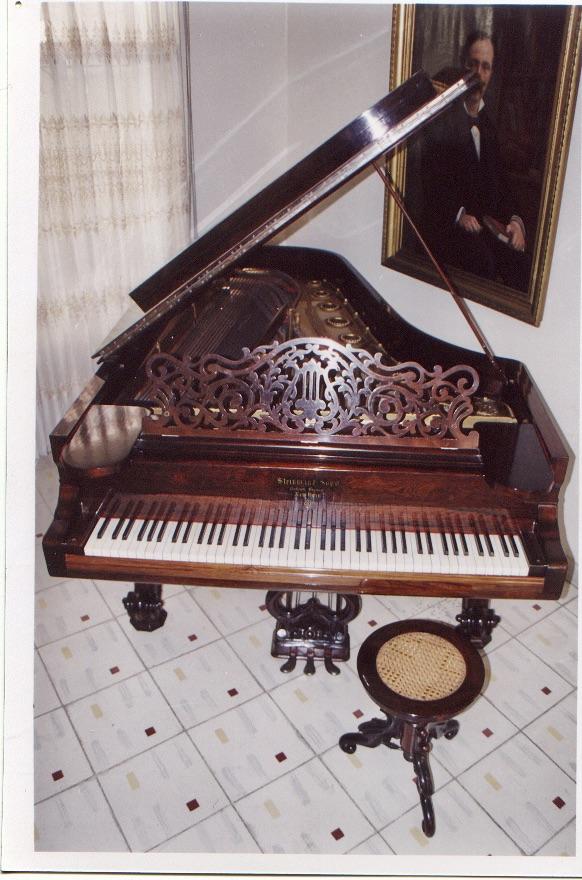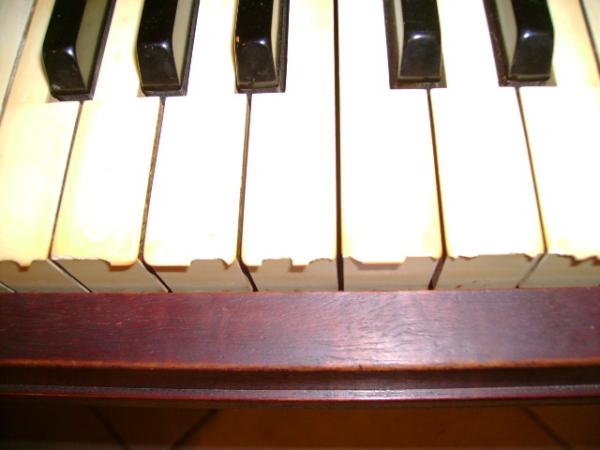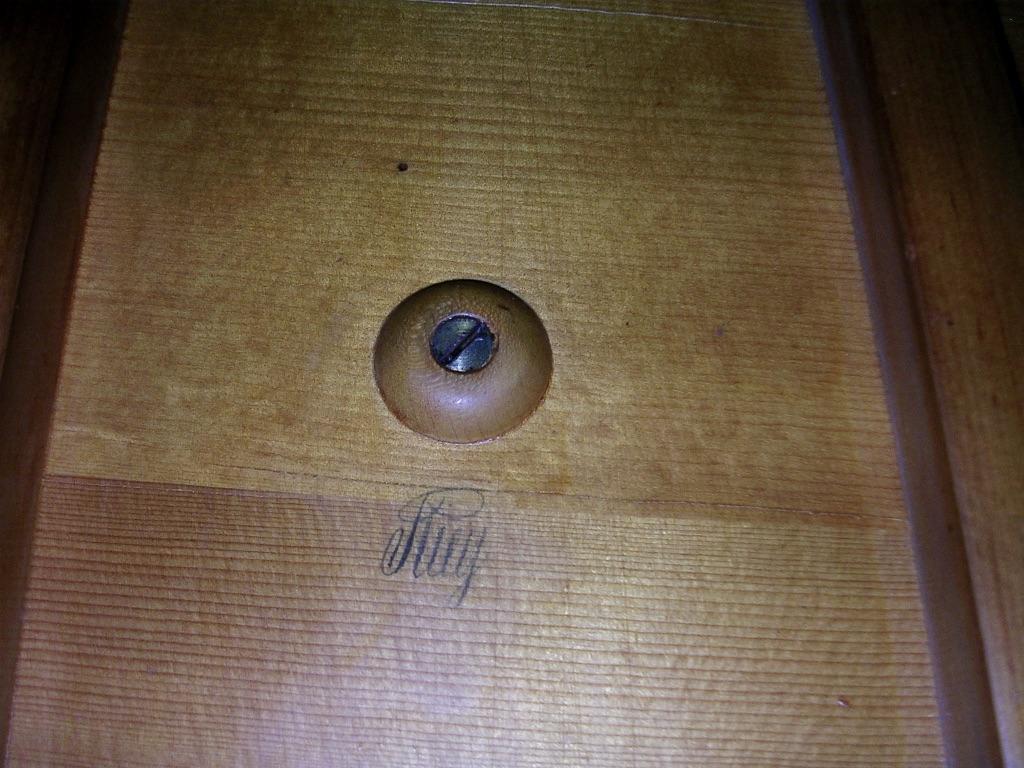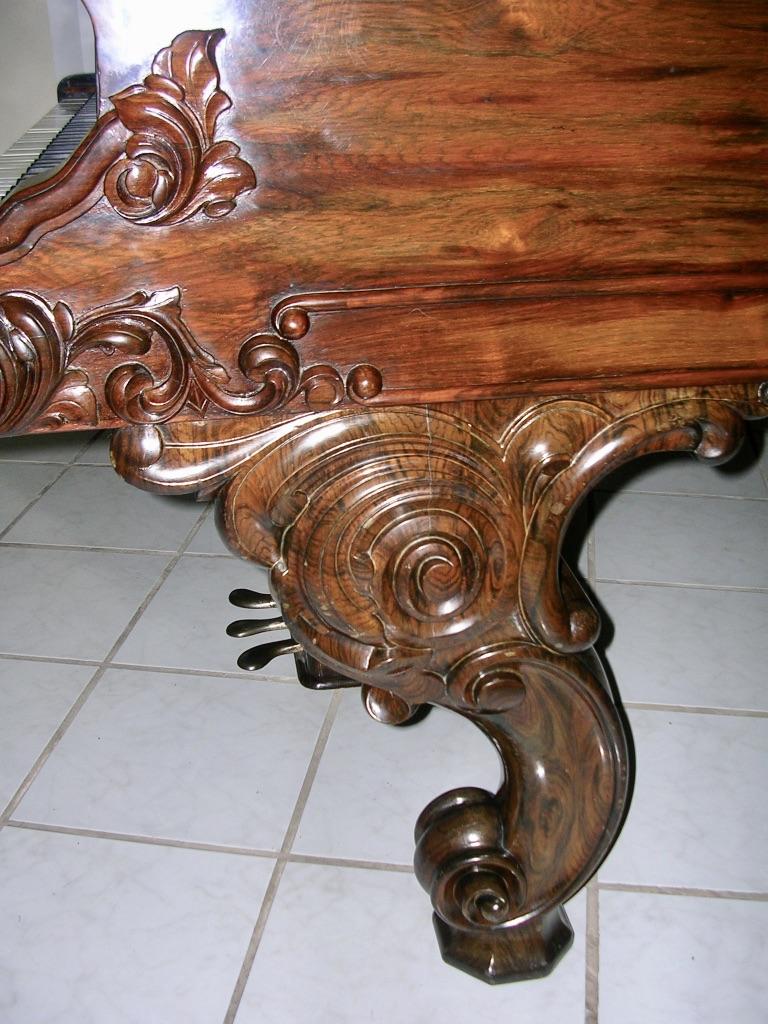PIANO:
Baroque hand carved with precious walnut, rosewood, Brazil guatambú and colorín wood, perfectly preserved, without parasites and whose veins were combined artistically in the box, the lid, and claw feet.
Ivory keyboard.
Original side stanchions holder with adapted lectern.
ORIGIN:
Requested at the beginning of the nineteenth century by Wagner and Levin from Mexico to his headquarters in Germany, at the request of music teacher Tomás León, Founder of the National Academy of Music for his pupil Maria Lavista Solares, daughter of the prominent neurosurgeon Dr. Rafael Lavista, In the name of who was billed. This bill was lost in time; In 1938, the Wagner and Levín House ceased to exist as such, becoming Wagner Repertory, debugging its files, so the bill can not be achieved.
USE OF THE PIANO:
This piano was only used for private recitals of the Mrs. Maria Lavista de Martínez del Campo, being later occasionally used by some members of the same family.
MAINTENANCE:
It has had periodic tunings and corresponding services.
The piano retains its original pieces such as jacks, dampers, pedals, etc., mostly with serial number.
HISTORY:
Research on this piano reveals that, due to the beauty of the carving and the good condition of the furniture wood, built approximately 150 years earlier, Mr. Steinway in 1859 discarded the original, unusable copper harp and Made a special harp that makes it a collection piano.
PATENT NUMBERS:
Lira: Serial Number 39929
Bar at the base of the box: Pulsator at Pat. May 21, 1878.
In Arpa:
Steiway Sons Pat. Dec. 20, 1859.
Acoustic Dowel Pat. Rev. 1869.
Duplex Scale Pat. May. 14, 1872
Over String Scale Pat. Nov. 9, 1875
Ornamental Design Pat. Nov. 9, 1875
Repetition Action Pat. Nov. 30, 1875
Capo D Astro Bar Pat. Nov. 30, 1875
Steinway Foundry Composite Metal Casting Registered Oct. 31, 1875
Steinway Sons, July 9, 1878
PATENTS:
Nov. 29, 1859
Jul. 1, 1875
June 13, 1876
Aug. 1, 1876
May 21, 1878


